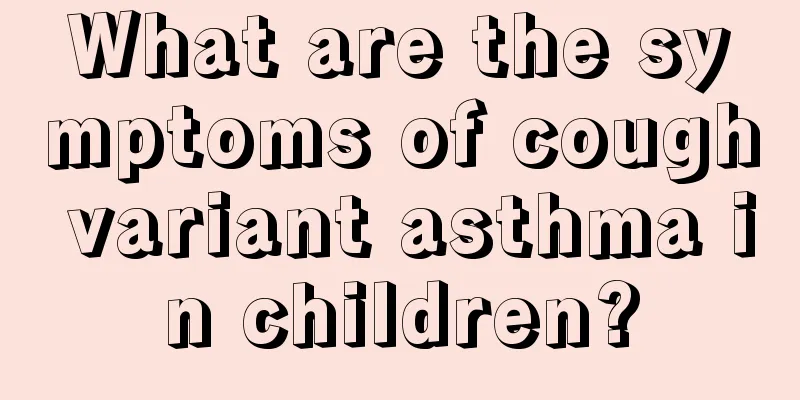How long does it take to cure neonatal hemolysis?

|
Neonatal hemolytic disease is a relatively harmful disease. Its incidence rate is not particularly high among newborns. It often causes jaundice in children and is prone to anemia. Generally speaking, timely detection and good treatment can gradually restore the baby to health. More serious cases can be treated by blood transfusion. Let’s see how long it takes to cure neonatal hemolytic disease. How long does it take to cure neonatal hemolysis? Generally speaking, neonatal hemolytic disease is not uncommon, but the incidence of ABO hemolytic disease is not high, and the symptoms are relatively mild and not very serious. If the mother has type O blood and the baby has type A blood, then ABO hemolytic disease is more likely to occur, so early prevention is important. ABO hemolytic disease generally causes neonatal jaundice or varying degrees of anemia, but it is not serious. If a serious condition occurs, the newborn will experience symptoms of difficulty breathing, edema, ascites, or even pleural effusion, and will die shortly after birth, which is called stillbirth. However, this situation is relatively rare. Neonatal ABO hemolytic disease can be cured. Since most cases of neonatal ABO hemolytic disease are not serious, it is not difficult to treat and is relatively easy to cure. However, there are some more serious cases, which may require blood transfusion, but it can also be cured. What are the symptoms of hemolytic disease? 1. Jaundice Baby jaundice is the most common symptom of hemolytic disease, but not all jaundice means that the baby has hemolytic disease. Unlike normal jaundice, neonatal hemolytic disease jaundice will appear and worsen rapidly. If the baby shows symptoms of jaundice within two days after birth, be sure to check whether the baby has neonatal hemolytic disease. 2. Anemia Many babies will experience anemia symptoms after jaundice subsides, and the severity varies. If the baby has severe anemia, hepatosplenomegaly, systemic edema, or even respiratory failure, hemolytic disease is likely to have occurred. 3. Kernicterus Neonatal hemolytic disease can cause an increase in the baby's bilirubin, thereby causing kernicterus. If the baby refuses to eat or drink, resists feeding, and has symptoms of drowsiness and paroxysmal stiffness of the limbs, be sure to tell the doctor and have timely examination and treatment. |
<<: Can children's loose teeth be extracted?
>>: Newborn baby doesn't like to sleep for 40 days
Recommend
What medicine should teenagers take for insomnia
Insomnia is a symptom that occurs in people of al...
How to correct squint in children
Nowadays, with the continuous emergence of electr...
What should I do if my baby feels nauseous and spits up?
Spitting up is a common phenomenon in babies and ...
What exactly is going on when a child holds his breath?
Some babies are fine when they are born, but sudd...
Why do babies cry when drinking milk?
We all know that babies drink milk to supplement ...
Infant abdominal distension and gas
If the baby has abdominal bloating, he will feel ...
Baby's hands shaking while sleeping
Many parents have discovered that their children&...
What foods should children not eat when they have a fever? Every parent should see clearly
When a child has a fever, parents will be very an...
What should I do if my baby has a bad stomach and vomits?
When your baby vomits due to stomach discomfort, ...
Why can't children speak clearly?
When children are about 2 years old, they can spe...
What to do if your child has a fever at night
We all know that children's body functions ar...
What should I pay attention to when shaving my baby's head?
Many parents are more concerned about one thing, ...
Prevention and treatment of hernia in children
Pediatric hernia can actually affect the healthy ...
What is the normal armpit temperature for children?
The normal body temperature of our human body is ...
How should I treat my baby who has a fever and poor appetite?
If the baby has a fever, it will affect the appet...









